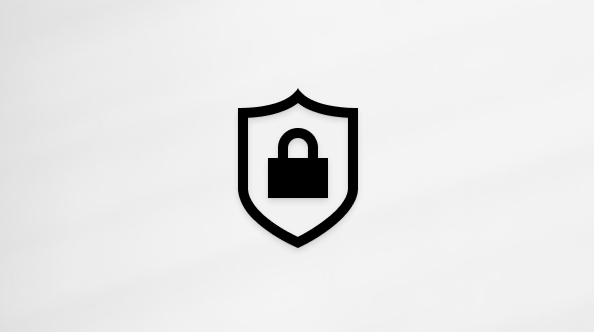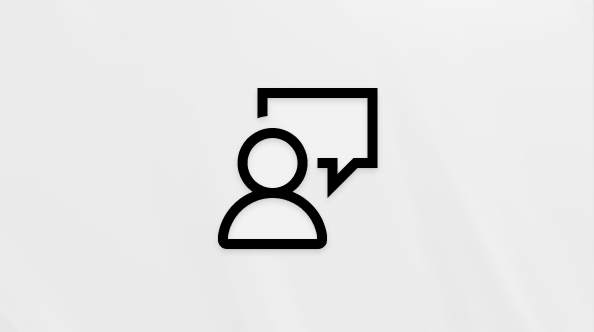September 10, 2024—KB5043125 (Monthly Rollup)
Applies To
Windows Server 2012 ESURelease Date:
9/10/2024
Version:
Monthly Rollup
|
Important The installation of this Extended Security Update (ESU) might fail when you try to install it on an Azure Arc-enabled device that is running Windows Server 2012. For a successful installation, please make sure all Subset of endpoints for ESU only are met as described in Connected Machine agent network requirements. |
-
Windows Server 2012 reached the end of support (EOS) on October 10, 2023. Extended Security Updates (ESUs) are available for purchase and will continue for three years, renewable on an annual basis, until the final date on October 13, 2026. For more information, see Windows Server End of Support: Key Dates. For information about the procedure to continue receiving security updates, see Procedure to continue receiving security updates after extended support has ended on October 10, 2023. For more information about the ESU program, see Learn about the ESU program. We recommend that you upgrade to a later version of Windows Server. For more information, see Overview of Windows Server upgrades.
-
Windows Embedded 8 Standard reached the end of support (EOS) on July 11, 2023. Therefore, technical assistance and software updates are no longer provided.
|
Change date |
Change description |
|
October 8, 2024 |
Added the fix for the Remote Procedure Call over HTTP known issue. |
|
September 20, 2024 |
Added the resolution for the Windows/Linux start up known issue. |
Summary
Learn more about this cumulative security update, including improvements, any known issues, and how to get the update.
Note Verify that you have installed the required updates listed in the How to get this update section before installing this update.
For information about the various types of Windows updates, such as critical, security, driver, service packs, and so on, please see the following Description of the standard terminology that is used to describe Microsoft software updates. To view other notes and messages, see the Windows Server 2012 update history home page.
Improvements
This cumulative security update contains improvements that are part of update KB5041851 (released August 13, 2024). The following is a summary of the key issues that this update addresses. The bold text within the brackets indicates the item or area of the change we are documenting.
-
[User Account Control (UAC)] When the Windows Installer repairs an application, the UAC does not prompt for your credentials. After you install this update, it will prompt for them. Because of this, you might have to update your automation scripts. Additionally, you should add the Shield icon to indicate that your automation scripts require full administrator access. To turn off the UAC prompt, set the HKEY_LOCAL_MACHINE\SOFTWARE\Policies\Microsoft\Windows\Installer\DisableLUAInRepair registry value to 1. For more information, see:
-
[Remote Desktop Services (RDS)] Fixes an issue in which RDS would stop responding.
-
[Dual boot of Windows and Linux (known issue)] Linux might fail to start up after installing the August 2024 Windows update. The error message is, “Verifying shim SBAT data failed: Security Policy Violation. Something has gone seriously wrong: SBAT self-check failed: Security Policy Violation.” See the full guidance in CVE-2022-2601 and CVE-2023-40547.
For more information about the resolved security vulnerabilities, please refer to the Deployments | Security Update Guide and the September 2024 Security Updates.
Known issues in this update
|
Symptom |
Next Step |
|
After installing the Windows update released on or after July 9, 2024, Windows Servers might affect Remote Desktop Connectivity across an organization. This issue might occur if legacy protocol (Remote Procedure Call over HTTP) is used in Remote Desktop Gateway. Resulting from this, remote desktop connections might be interrupted. This issue might occur intermittently, such as repeating every 30 minutes. At this interval, logon sessions are lost and users will need to reconnect to the server. IT administrators can track this as a termination of the TSGateway service which becomes unresponsive with exception code 0xc0000005. |
This issue is fixed in update KB5044342. |
For the current status of any past known issue, see the Windows Server 2012 Known Issues page.
How to get this update
Before installing this update
We strongly recommend that you install the latest servicing stack update (SSU) for your operating system before installing the latest Rollup. SSUs improve the reliability of the update process to mitigate potential issues while installing the Rollup and applying Microsoft security fixes. For general information about SSUs, see Servicing stack updates and Servicing Stack Updates (SSU): Frequently Asked Questions.
If you use Windows Update, the latest SSU (KB5044412) will be offered to you automatically. To get the standalone package for the latest SSU, search for it in the Microsoft Update Catalog.
Language packs
If you install a language pack after you install this update, you must reinstall this update. Therefore, we recommend that you install any language packs that you need before you install this update. For more information, see Learn about adding a language pack to Windows.
Install this update
To install this update, use one of the following release channels.
|
Available |
Next step |
|
Yes |
This update will be downloaded and installed automatically from Windows Update. |
|
Available |
Next step |
|
Yes |
To get the standalone package for this update, go to the Microsoft Update Catalog website. To download updates from the Update Catalog, see Steps to download updates from the Windows Update Catalog. |
|
Available |
Next step |
|
Yes |
This update will automatically sync if you configure Products and Classifications as follows:
For more information about configuring in WSUS, see Windows Server Update Services (WSUS). For more information about configuring in Configuration Manager, see Synchronize software updates. |
File information
For a list of the files that are provided in this update, download the file information for update KB5043125.










